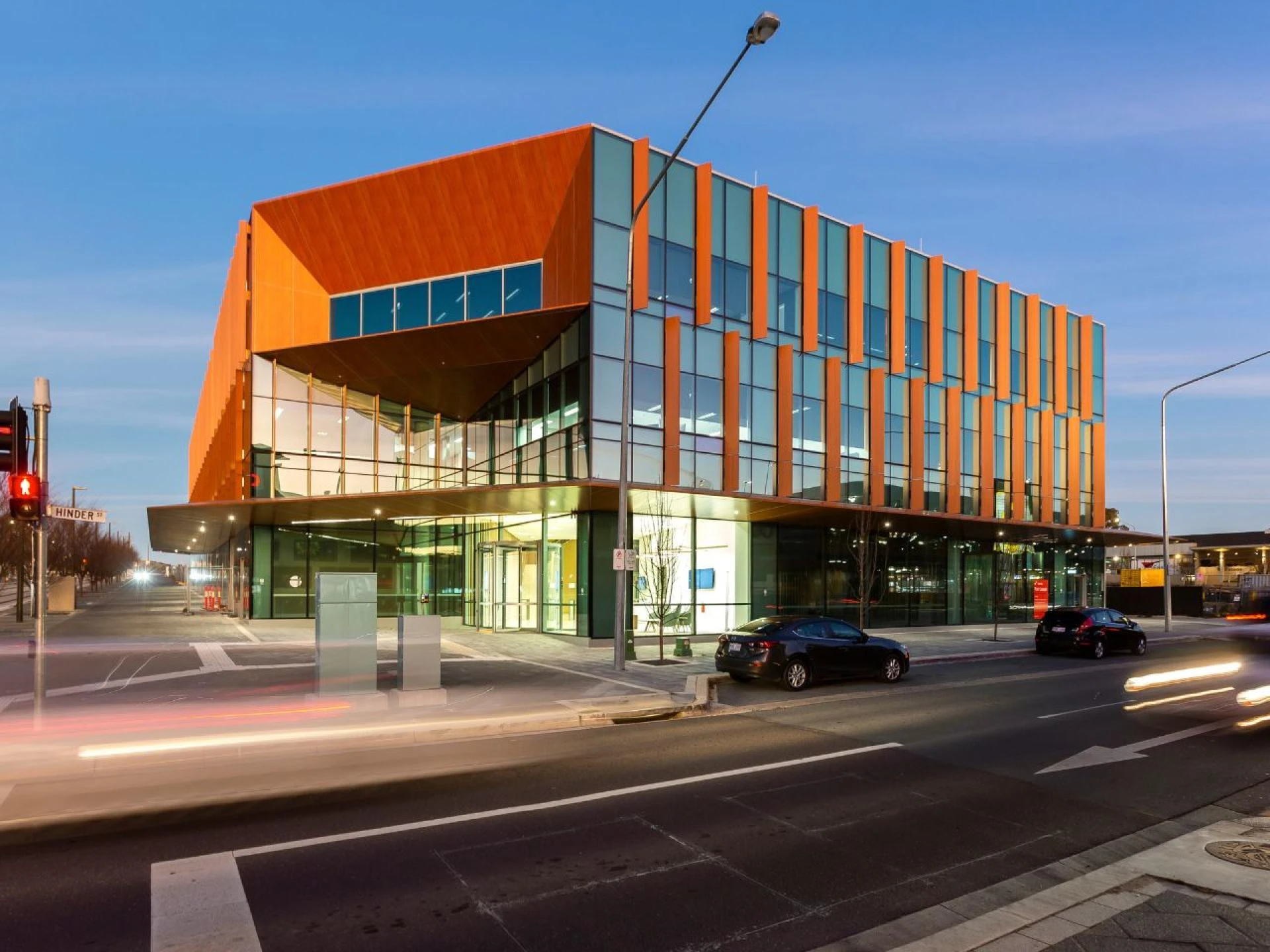In the realm of contemporary architecture, the emphasis on both form and function has never been more pronounced. Among the innovative materials shaping the skyline, aluminium cladding stands out as a versatile, sustainable, and visually striking solution for building envelopes. This write-up delves into the world of aluminium cladding, shedding light on its benefits, applications, and its role in shaping the future of modern architecture.
The Foundation of Aluminium Cladding
Aluminium cladding is a construction material composed of thin sheets of aluminium that are applied to the exterior of a building's structure. These sheets are meticulously designed to interlock, providing a seamless, protective layer that shields the building from environmental elements while contributing to its overall aesthetic.
Sustainability at its Core
One of the most compelling aspects of aluminium cladding is its eco-friendly profile. Aluminium is highly recyclable, with a recycling rate of nearly 75% worldwide. This means that the production and use of aluminium cladding significantly reduce the demand for new raw materials, thereby lessening the environmental impact of construction projects. Additionally, aluminium is lightweight, which leads to reduced transportation emissions and lower energy consumption during installation.
Design Versatility
Aluminium cladding offers architects and designers a vast canvas for creativity. It can be shaped, moulded, and finished in a myriad of ways, providing endless design possibilities. From sleek, modern facades to intricate, textured surfaces, aluminium cladding can be customised to fit the vision of any architectural project. This adaptability makes it a go-to choice for projects ranging from commercial skyscrapers to residential homes seeking a unique, contemporary aesthetic.
Weathering the Elements
The durability of aluminium cladding is a testament to its suitability for harsh environmental conditions. Resistant to corrosion, rust, and decay, it stands strong against the test of time. Additionally, it provides a protective barrier against UV rays, rain, wind, and temperature fluctuations. This ensures that buildings clad in aluminium maintain their structural integrity and aesthetic appeal over the years.
Thermal Efficiency
Aluminium cladding is an excellent insulator, helping to regulate indoor temperatures and reduce energy consumption. When combined with proper insulation materials, it creates a thermal envelope that minimises heat loss in winter and keeps interiors cooler in summer. This translates to lower energy bills and a reduced carbon footprint for the building.
Low Maintenance
Maintenance is a critical consideration in architectural materials, and aluminium cladding shines in this regard. Unlike some traditional building materials, aluminium cladding requires minimal upkeep. A periodic wash with mild soap and water is typically all that's needed to keep it looking pristine. This ease of maintenance not only saves time and resources but also ensures that the building's facade maintains its aesthetic appeal for years to come.
Finally,aluminium cladding is not merely a material; it's a testament to the marriage of innovation, sustainability, and aesthetic prowess in modern architecture. Its ability to transcend traditional building envelopes and push the boundaries of design has made it a cornerstone in contemporary construction. As architects and designers continue to seek materials that align with both form and function, aluminium cladding stands tall as a beacon of promise in the ever-evolving landscape of sustainable building practices. Embracing this versatile material is not just a design choice; it's a step towards a more sustainable and visually captivating future in architecture.

